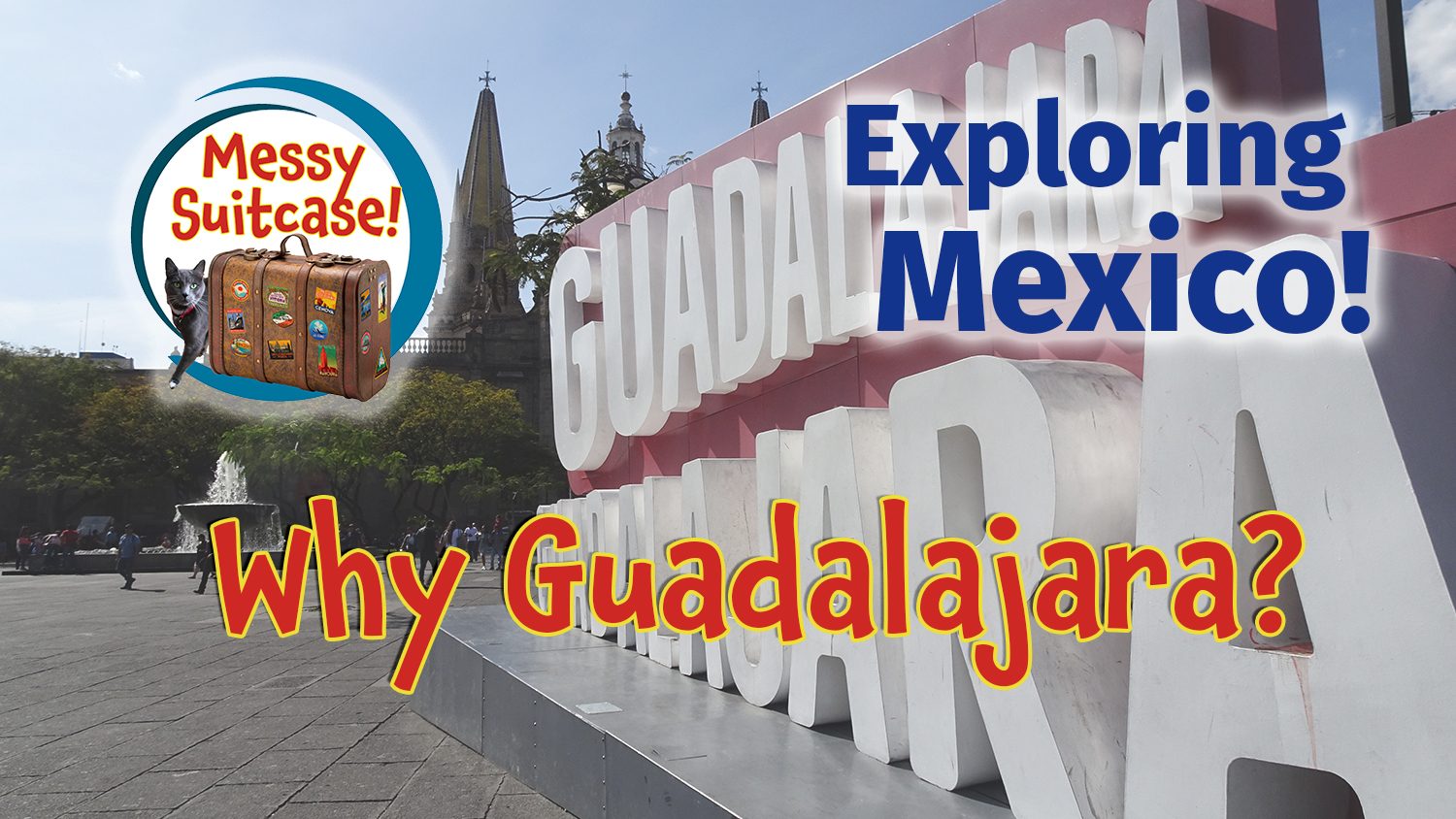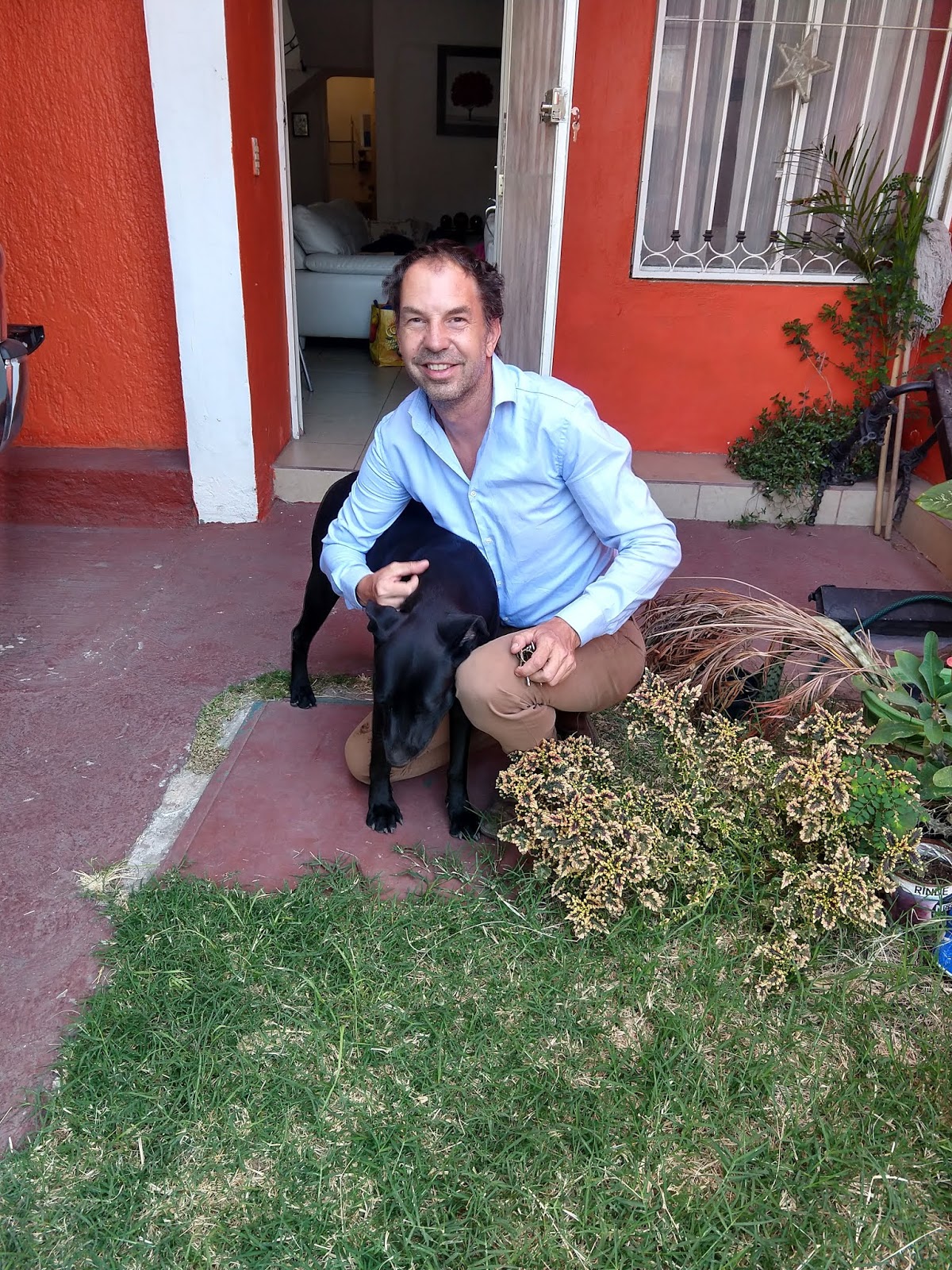(A look back at the border crossing experience, or Why We Were Stuck in Laredo for Two Days)
I was a little concerned about crossing the Mexican border. I knew there were several things that needed to be done in order to successfully enter Mexico, and I wasn’t exactly sure how, or where, to do them. I was particularly worried that we didn’t have the documentation we would need for our relatively new car. Finally, I was concerned about how long the lines at the border, because we had nearly a 7-hour drive to our first stop, and we had been cautioned not to drive in Mexico after dark.
I had read that most Americans heading to the Guadalajara area from the eastern US used one of the Laredo, Texas, border crossings. Many used the somewhat out-of-the-way Colombia Bridge crossing, which doesn’t have as much traffic as some of the others. It is not a 24-hour crossing, so our plan was to get there when it opened at 8AM.
The First Attempt
We arrived at the border at 8:15 AM, paid $3.50 USD to cross the bridge and we were in Mexico – almost. I had found very little information on the layout of the border crossing, but I knew we needed to visit Immigration and the Banerjcito (the import office) so we could temporarily import our car, which is a requirement if you want to take your car past the “free zone” the first 20 km or so inside Mexico. Therefore, I was ecstatic when I immediately saw the Banerjcito and an empty parking lot.
 |
| Empty parking lot |
We took our paperwork and went directly to the window inside. I knew they needed the car registration and/or car title. What I was concerned about, though, was that we only had a temporary vehicle registration paper from Vermont.
 |
| Getting rejected at the window |
Here’s why: Our car was totaled in August and we had to get a new (used) vehicle less than a month before leaving Colorado. Our Colorado paperwork had not yet been processed by the time we left in September. In fact, the processing was so slow that we had to get the car dealership to send it to Lisa’s brother in Virginia, where we parked our car during our European trip, and it took so long that we needed an extension. We needed that paperwork so we could either fly back to Colorado to process it at DMV, or ask someone to perform the unenviable task of going to DMV for us.
Our second option was to register the car in Vermont, where we own a couple of vacation rental properties and where we were staying for a month.
We decided to go the Vermont route for convenience sake, in early December. Unfortunately, only after they took my Colorado title did I find out that it would take them 4-6 weeks to process the paperwork and issue our car registration document. We had over 5 weeks, so I thought we were still in good shape. When it didn’t arrive, I was concerned but was still hopeful that Mexico would accept our temporary registration.
They didn’t!
Rejected at the Border: Now What?
We turned around, crossed the bridge back into the US and cleared US customs. We had been in Mexico, but not really. We left thinking we were at the mercy of the Vermont DMV, something you don’t want to be. We decided to take a chance and call, and learned that our registration had been sent to our Colorado mailing address, but the address they used didn’t include our box number, so it was returned, where it was just sitting in our file. It would have to be resent. Could it be emailed? We don’t do that, said the man in the DMV office. FedExed? We don’t do that, droned the man in the DMV office.
So what could we do for the next week while we waited for the registration to be snail mailed to our Colorado address, processed by our traveling mailbox, and then mailed to us? And where would it be mailed to, anyway? We had checked out of our hotel and our truck doesn’t have a mailbox.
Regrouping at McDonald’s
We went back to Laredo and regrouped at a McDonald’s, sitting in a corner booth with coffee and a computer. connected to the free Wifi. Looking out the window, we noticed a UPS Store across the parking lot. We dashed over, had a chat with the counter worker, and found out we could use their address to accept a Fed Ex. Newly energized, we returned to McD’s. While Lisa went online looking for a pet-friendly place to stay for a couple nights, I pulled out a cellphone and called Vermont DMV again, this time determined to talk with a supervisor.
 |
| Working in McD’s on lodging and getting that registration |
However, a kind woman named Diane Hedding answered and immediately offered to help us. All we needed to do was to send her a prepaid shipping label and she would personally take our registration to the mail center and Fed-Ex it to us. She gave us her personal email address, and then sent us a note when she dropped off the package. We found a Laredo Airbnb for the next couple nights and waited for our package to arrive.
The Second Attempt
At 10:30 AM on Saturday, Jan. 11, we had our registration in hand!
 |
| Registration! |
We moved out of the apartment, packed up cats and luggage, and headed to the border. After paying another $3.50 to cross the Colombia Bridge, we confidently walked up to the Banjercito window. Just one person was in front of us, and the woman at the counter remembered us! This time they told us we needed to go to Immigration first, as they needed our immigration form to process the import.
 |
| Bob filling out the paperwork |
 |
| Lisa filling forms |
 |
| Lexie, too |
We went over to Immigration, again no line, filled out the forms, showed them our Mexican Temporary Resident visas in our passports, and were processed. The immigration form was the same one was had always gotten when flying into Mexico, but there were several boxes that needed to be properly checked. This was done and we were now on a 30-day clock to get into Mexico, get to an in-country immigration office and finish up our Temporary Resident visa requirements.
Back to the Banjercito, still no line, they processed our paperwork, took a $400 deposit, (which will be returned when we take the car out of the country), gave us a sticker for our car and allowed us to proceed.
Getting Through Customs
Next up was Customs. We knew, with our luck, we would get selected for a complete car search. And, true to form we were selected. They didn’t want to see the International Health Certificates we had for the cats, but they did question me several times regarding firearms, alcohol and cigarettes. Next, they looked at what we had in the car and decided to X-ray it, which was probably better than taking everything out. This required humans and cats to get out of the car. I drove the car over to the X-ray area, where I was escorted behind a barrier and a movable X-ray device transited the length of our car, scanning it thoroughly.
I drove back to where Lisa, Lexie and the cats were waiting, and in a couple of minutes, they told us we were good to go. After strapping the cats back in and getting our bearings, we crossed the border! Then we were officially off and driving in Mexico toward Tlaquepaque. It had taken us one and a half hours at the border crossing. That process would have taken much, much longer during busy season, so I felt extremely lucky that we were finally on our way!
 |
| WELCOME TO MEXICO! |











































